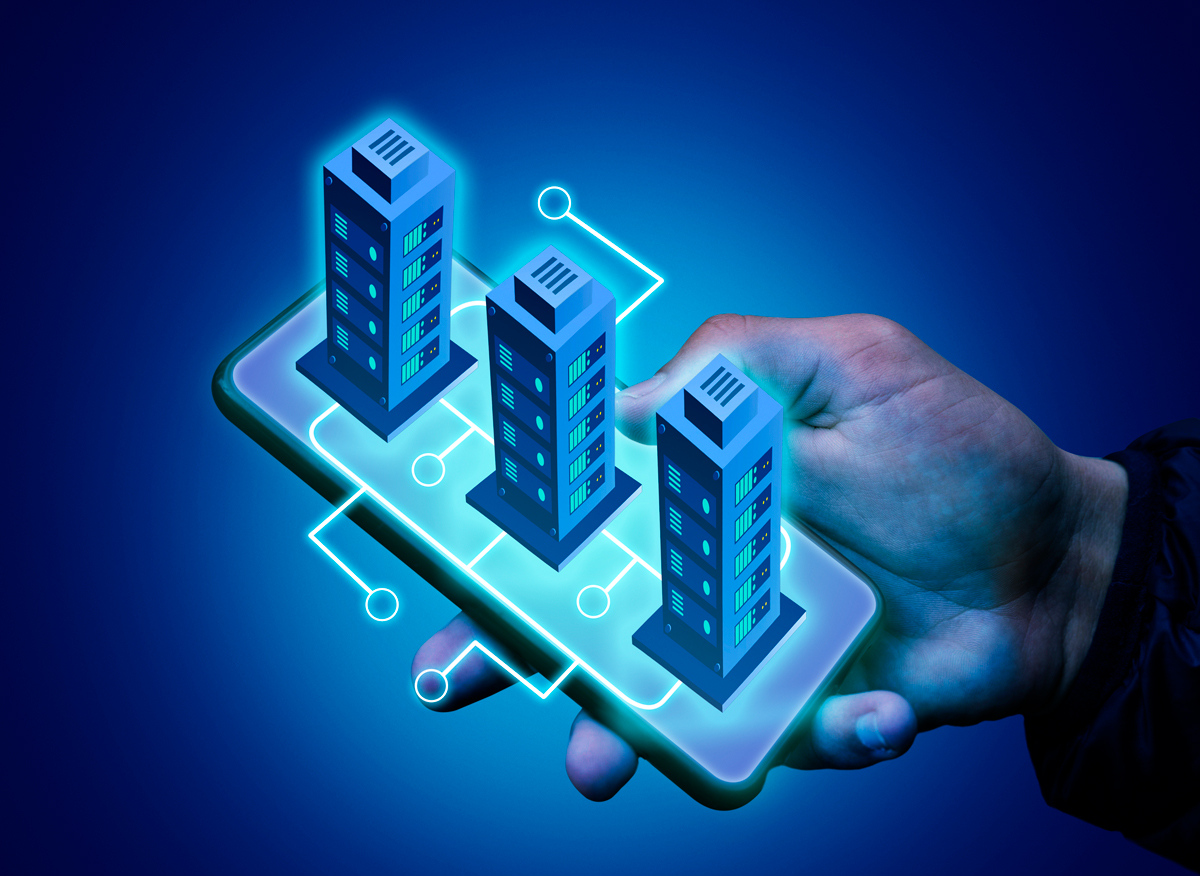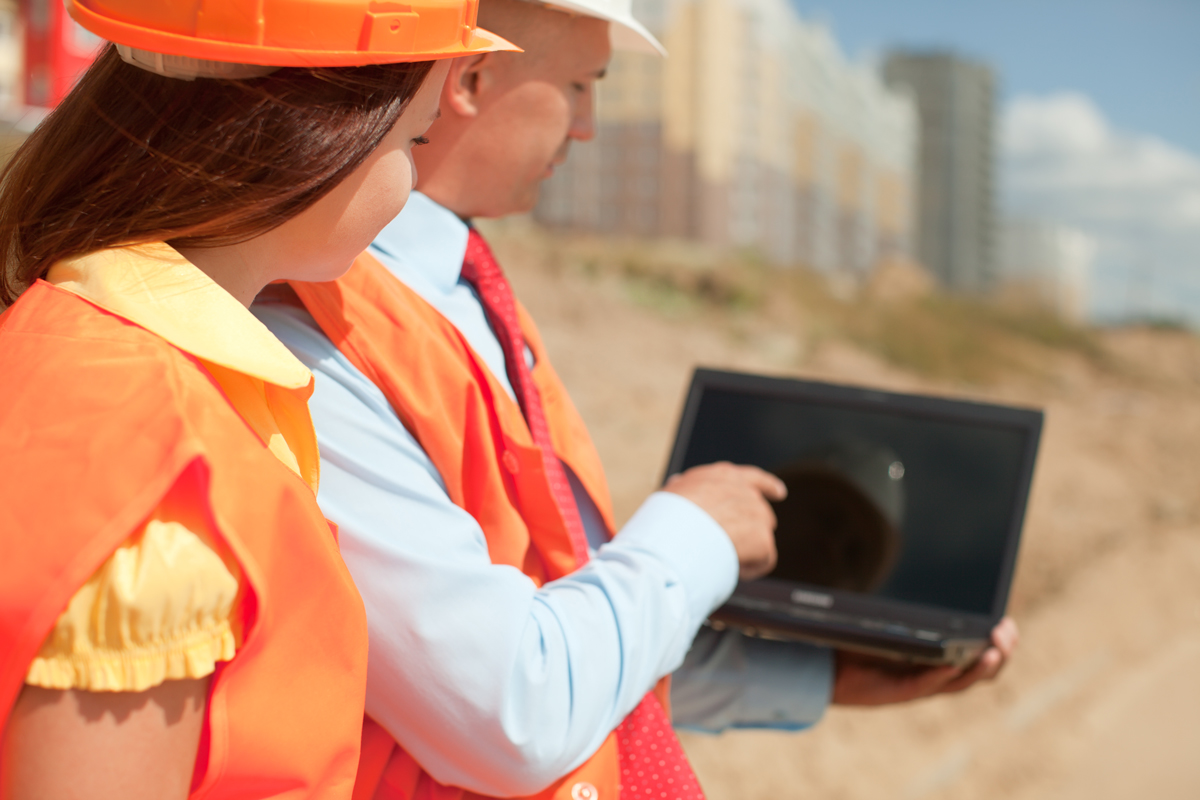Exclusive Neuroject article: The construction industry, relying heavily on manual labor, has always been considered one of the least digitized industries. However, the Internet of Things’ emergence, by integrating sensors, software, and data analytics, evolves the construction process in recent years.
From worker safety and health to equipment performance could be analyzed and monitored using IoT devices equipped with sensors. These smart devices could collect information on location, consumption, and maintenance needs that enable construction companies in order to optimize resources and time.
One of the main benefits of IoT in construction is to enable safe environments for construction projects. Identification of potential hazards by collecting real-time data in order to take protective steps is possible through IoT systems. Additionally, IoT in construction could enhance the quality and increase efficiency. This is possible through optimizing the allocation and automating certain tasks which could result in saving time and money. There exist many IoT use cases in construction. Following are some of the tangible and vast IoT Applications in construction industry.
1. Safety and Security
In construction projects, workers are consistently facing a variety of risks that threaten their health and well-being. However, mitigating these risks is not impossible. Nowadays, construction companies are increasingly turning to providing real-time monitoring and alert-capable using IoT-enabled safety and security systems.

Monitoring a wide range of environmental and physical factors on construction sites is enabled through IoT sensor implementation. Nowadays, wearable technology including smart helmets, vests, and watches that are equipped with IoT sensors is gaining popularity in the construction industry. These sensors could measure physical parameters such as heart rate, fatigue, and posture as well as environmental factors including temperature, humidity, and air quality.
IoT systems also enable remote monitoring. By monitoring the following safety protocols by workers, potential risks could be detected and prevented. For instance, installing sensors on equipment to assess whether they are being operated safely and efficiently could result in safer construction sites.
IoT devices could prevent major problems with the equipment by constantly monitoring the factors such as temperature, vibration, and usage patterns and detecting their potential maintenance. On the other hand, these devices enable better emergency response procedures in the event of an accident and other emergency situations.
One of the successful projects in implementing this innovative technology is TokenMe’s latest project, an 80-hectare hospital in Odense, Denmark. In this project motion and temperature sensors are installed on helmets and anchor points that enable an alarm in case sensors detect a worker’s fall.
Suggested article for reading: Construction Monitoring Solutions
2. Building Information Modeling (BIM)
The construction industry is transformed by the new trend of the IoT Applications in Building Information Modeling, a digital representation of a building that includes all its physical and functional characteristics. Combining IoT and BIM could optimize smart buildings’ performance, improve their efficiency, and reduce costs.
The IoT sensors installation on buildings enables the collection of real-time information on temperature, humidity, lighting, energy usage, and occupancy. This information is then utilized in the BIM model to create a real-time representation of the building’s performance. This could provide better monitoring and controlling system for the building’s systems such as HVAC, lighting, and security.
These sensors also are able to detect anomalies in the performance of the building systems and alert the maintenance team to take action in order to prevent failures from happening. This could save time and money for the managers and stakeholders.
On the other hand, valuable data on occupancy patterns is also provided by IoT sensors which can optimize space utilization and enhance the comfort of occupants. The provided information also enables the creation of personalized environments for building dwellers, such as adjusting the artificial lighting or temperature based on the occupant’s preference.
The Smart Building Project at the University of California, San Diego (UCSD) is an excellent example of how IoT and BIM technologies can be combined to create sustainable and energy-efficient buildings. By using IoT sensors and BIM models to optimize building systems, the project has achieved significant energy savings while improving occupant comfort and productivity.
3. Building Automation
Building automation has been affected dramatically by IoT systems that provide advanced connectivity, data processing, and monitoring of building systems. IoT systems turn buildings into more efficient, sustainable, and convenient places for all dwellers.

HVAC systems are one of the elements of smart buildings that have been influenced by the application of IoT systems in automated buildings. IoT sensors by monitoring environmental factors enable adjusting heating, cooling, and ventilation accordingly. Besides, IoT sensors could assess natural light, occupancy, and other factors to optimize the smart lighting system. This could reduce energy consumption and costs.
Another element of an automated building is access control. IoT applications in controlling access enable more secure buildings and help to enhance the building’s safety by preventing unauthorized access. Energy management systems which are considered as one of the key components of smart buildings also are affected by IoT emergence. These systems could track energy usage and identify the area of inefficiency to provide a clear insight into the optimization of energy consumption.
The Edge Tower is a state-of-the-art, energy-efficient office building that uses IoT-based technologies to optimize energy consumption, improve occupant comfort, and reduce carbon footprint. The building is equipped with more than 28,000 sensors that collect data on temperature, light, humidity, motion, and occupancy. The data is then analyzed by an IoT platform to adjust building systems such as lighting, heating, cooling, and ventilation, in real-time.
4. Reduce Administrative Expedience
The Internet of Things redefined the way businesses run. The time-consuming and error-prone processes of the business’s tasks such as data entry, paperwork, and record-keeping could be automated resulting in freeing up valuable time for employees to focus on more important tasks. The IoT put an end to the paper process and make it a factor of the past.

IoT reduces administrative expedience through the use of smart devices. In the manufacturing facility, the data collected by sensors installed on the machines could be automatically transmitted to a central system which means the elimination of manual data entry. This not only prevents the waste of time on administrative tasks but also allows for real-time monitoring of machines, which can help stop breakdowns and improve productivity.
There is also another way to reduce administrative expedience’s in the construction industry. This is through the use of wearables. Smart wearables that are equipped with sensors to monitor worker health and safety could also provide real-time information on their productivity and location. This data could be used in project management as well as improving communication between teams which reduces the need for manual record-keeping.
In conclusion, the Internet of Things has enormous potential in reducing administrative expedience. This potential covers the area of project management, communication, and efficiency. As the construction industry continues to embrace digital transformation, IoT is likely to play an increasingly important role in shaping the future of the industry.
5. Construction Management
The construction industry includes various activities and stakeholders which makes its management a complex and challenging task. However, taking advantage of the Internet of Things could enhance the accuracy of information, efficiency, and productivity in construction sites.

Construction activities such as scheduling, Equipment usage, and inventory management could be controlled and tracked by using the Internet of Things. IoT offers insight into construction assets while identifying potential issues to avoid downtime with the assistance of preventive maintenance. This technology provides a considerable reduction in costs and time consumption.
Through the implementation of IoT devices on construction machinery, construction managers could analyze the obtained information on the equipment’s performance which enables them to take corrective actions promptly. This technology also could be used to track the material and optimize its delivery system to avoid the waste of motion and transportation in construction sites.
On the other hand, IoT is advantageous due to its ability to enable remote monitoring and controlling construction activities. This feature helps project managers to diminish the need for on-site supervision while reducing costs and increasing efficiency.
6. Tracking Workers
The building industry is presently undergoing a significant change owing to the rise of the Internet of Things (IoT). This innovation has facilitated the implementation of real-time surveillance of labor hours, simplifying the administration of the workforce in construction projects. Previously, tracking work hours was often laborious and subject to errors. The arrival of IoT devices such as portable sensors, smartphones equipped with GPS, and RFID tags has simplified the precise tracking of work hours.

The real-time tracking of work hours allows construction firms to oversee employee productivity and identify workflow inefficiencies. By scrutinizing the data gathered by IoT devices with sophisticated analytical tools, construction firms can make informed decisions about workforce management and resource allocation. This leads to improved project results and substantial cost reductions.
IoT technology has also bolstered transparency and accountability in the construction industry. Employees get immediate feedback on their performance and activities, promoting a sense of responsibility among the workforce. This encourages a culture of responsibility in the construction sector, leading to improved efficiency and productivity.
In conclusion, IoT has the ability to transform the construction industry by allowing real-time tracking of work hours. This technology empowers construction firms to enhance productivity, lower expenses, and cultivate transparency and accountability among their workforce. As technology continues to evolve, it is probable that an increasing number of construction companies will integrate IoT into their work hour tracking procedures to remain competitive in the industry.
7. Waste Management
The construction industry is always considered as having the great possibility of making massive amounts of waste. Construction and demolition operations generated 600 million tons of waste in 2018 alone, not counting wasted fuel or other energy. Over recent years, environmental issues have been highlighted and show an urgent need to be addressed. One of the applications of IoT is to provide solutions for sustainable waste management.

In the construction industry, IoT-enabled waste management offers several benefits. One of the considerable benefits is installing sensors on waste bins and vehicles to collect data from them that could be used to optimize the waste collection schedules. This practice has the potential to save time and reduce fuel usage which is necessary to reduction of greenhouse gas emissions.
The IoT technology could also play a role in tracking the type of generated waste. This information could be used in order to optimize the recycling system and implement more effective waste reduction programs. In other words, if a sensor detects a huge amount of certain waste, it may help stakeholders to indicate better strategies in the construction site to manage the usage of that material.
The Internet of Things has been also used to improve the efficiency of waste management on construction sites. By controlling the fill level of waste bins, construction managers could avoid the unnecessary transportation of vehicles that empty waste from the construction site.
Suggested article for reading: Wastes in Lean Construction
Conclusion
In conclusion, the construction industry and the way construction projects are planned and designed have been revolutionized by the application of IoT. Internet of Things technologies such as sensors, wearables, and connected devices enable the optimization of construction companies’ operations and achieve greater efficiency, safety, and productivity. IoT Applications in the construction industry could be categorized into seven sections including:
- Safety and Security
- Building Information Modeling
- Building Automation
- Reduce Administrative Expedience
- Accurate Construction Management
- Tracking Workers
- Waste Management
Suggested article for reading:
Top 7 Sustainable Architecture Projects
important construction technology in 2024
Traditional vs Lean Construction
The 3 main tools in Lean Management
Resources:
iotforall.com | leanconstructionblog.com | blog.bimengus.com
For all the pictures : freepik.com



